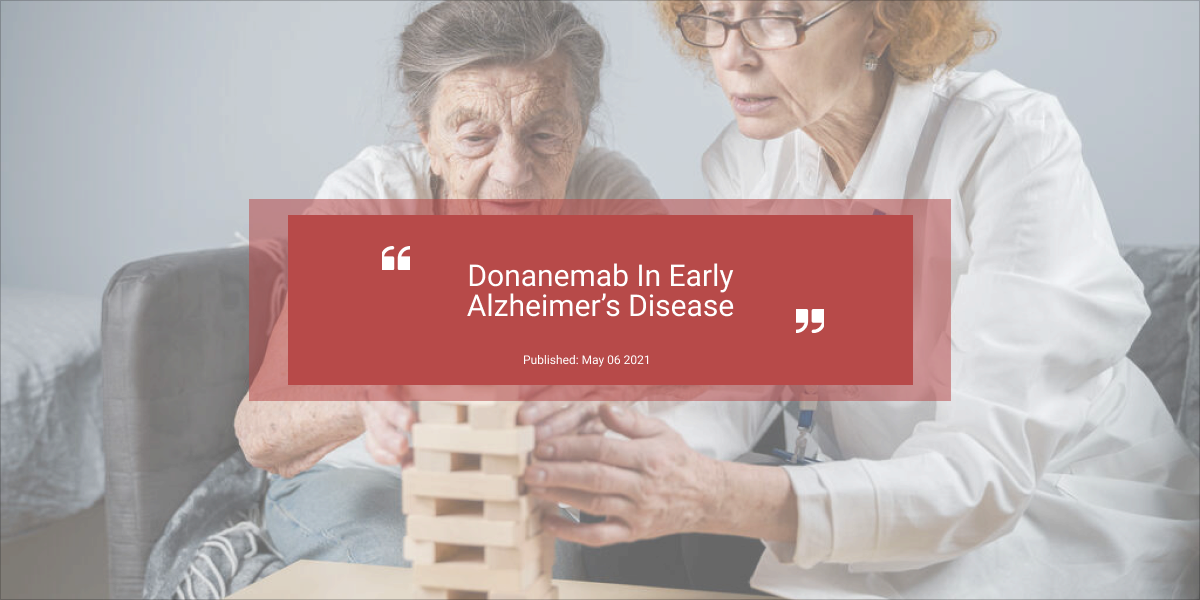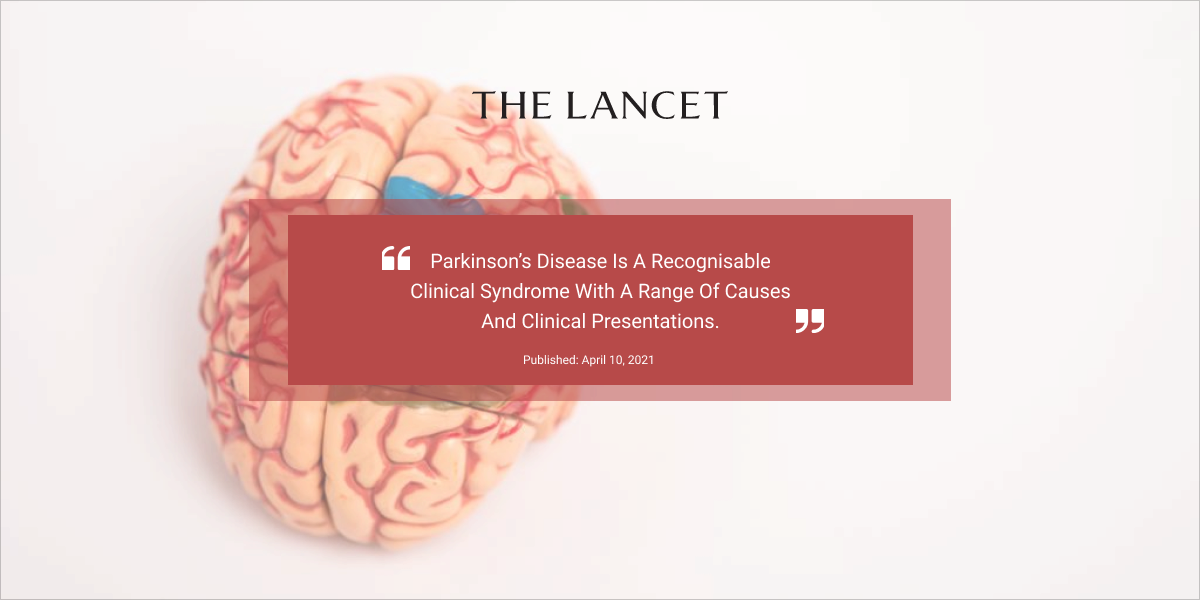Clinical Trials
Clinical trials are studies conducted in humans designed to discover or verify the effects of one or more investigational drugs. These are essential for confirming the safety and efficacy of new drugs, as well as for testing new uses of drugs already on the market. Those responsible for planning and conducting a clinical trial must carefully assess whether the potential benefits resulting from the participation of patients in a particular clinical trial outweigh any risks that the research may involve, as clinical trials involve ethical issues and some risks and their impact on the patients involved must be carefully evaluated.
Clinical trials are always considered the best treatment, as it results from the use of the best drugs with the best technology and even the best treatment available for this condition. Those who participate may or may not benefit from the treatment, however they will always have the support, comfort, monitoring and follow-up of an experienced and qualified research team.
Although there is always the chance that a new treatment will prove ineffective, the results obtained at earlier stages of the development of a new treatment make researchers believe that they are as effective or more effective than existing treatments.
By participating in these research projects, they are helping researchers get closer to a cure, contributing to the development of innovative molecules and improving the quality of life of all those who suffer or will suffer from the same disease.
📌 How can I participate in a Clinical Trial?
Participation in a trial or clinical study is voluntary, you may participate if:
- Get invited by your doctor
- Be aware of the existence of the trial and want to participate
New Breathe has the medical knowledge and experience to know the best clinical trials around the world for you.
📌 Clinical research is usually classified into 4 phases: I, II, III, and IV.
We must first remember that in order to clinically study a drug, it must have already been approved in preclinical tests, i.e., safety aspects are evaluated in experimental animals before this drug is applied to humans. When this medication is ready to be tested in humans, the phases of clinical investigation begin and follow one after the other, until as much information as possible about the drug is obtained.
- Step I: refers to the use of the drug for the first time in a human being, usually a healthy individual who does not have the disease for which the drug is being studied. About 20 to 100 individuals participate in this phase.
- Step II: About 100 to 300 individuals who have the disease or condition for which the procedure is being studied participate in this phase. Phase II tests usually different dosages as well as different indications of the new drug are also evaluated in this phase.
- Step III: After the pilot study has been completed, large multicenter studies follow thousands of patients, 5,000 to 10,000 in general, depending on the pathology in question, for a longer period of time, usually being compared to other existing and recommended treatments for the same problem. The analysis of the data obtained in phase III may lead to the registration and approval for commercial use of the new drug or procedure by the health authorities.
- Step IV: After a drug or a diagnostic/therapeutic procedure is approved and brought to market, follow-up tests on its use are designed and implemented in thousands of people, providing additional details about the safety and efficacy of the product. One of the important objectives of phase IV studies is to detect and define previously unknown or incompletely qualified side effects and related risk factors.
📌 If you are considering participating in a clinical trial, you should ask the clinical trial investigating physician all questions before agreeing to participate. You can, and should, ask questions about the clinical trial, its procedures, risks and benefits, or about alternative treatments, at any time. Some questions:
- What is a clinical trial?
- Who sponsors the clinical trial?
- What is the purpose of this clinical trial? What are you investigating?
- Who can participate?
- How many patients will participate?
- What is the duration of the clinical trial?
- When participating, what are my rights? And my responsibilities?
- What treatment will I receive? Can I choose? How long is the treatment?
- What is the investigational drug? Do you know its advantage over existing ones? Are there any results already? How safe are they and the other drugs that will be used?
- If I decide to participate, can I continue to take my usual medications?
- What procedures (analyses/diagnostic tests) will be performed? Are there any invasive tests?
- What risks will I take with my participation?
- What benefits will I get from my participation?
- Will my participation in the clinical trial affect my daily routine/work activity?
- Will I be aware of the results?
- Who can I contact when I have questions?
- Will they always be with me?
- What if I regret it and don’t want to continue participating?
- I am currently receiving treatment, if I do not want to participate in the clinical trial, will I continue to receive treatment and medical assistance?
- And if something goes wrong, how will I be treated or compensated?
- Is there any insurance?
- How will my personal and medical data be processed?
- How is the confidentiality of my data kept?






![]()
![]()
![]()
![]()
![]()




